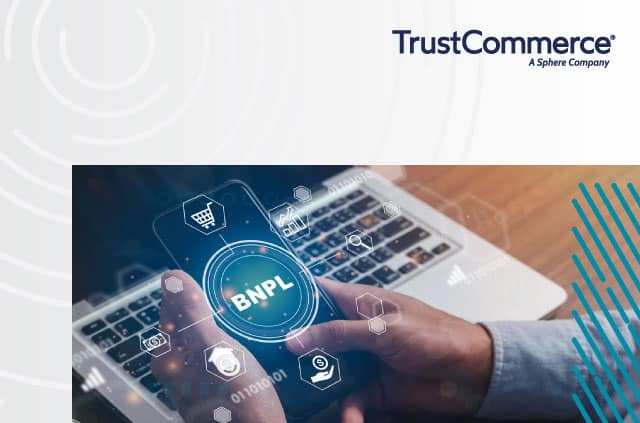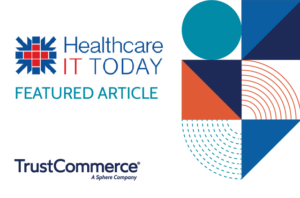By Curtis Bauer, Chief Innovation Officer of Sphere
There has been much buzz about Buy Now Pay Later (BNPL) programs. While you might think it doesn’t relate to your payment experience, here’s why you should pay attention. BNPL is where a consumer can make a medium-to-high price purchase now in exchange for fixed installment financing for a set amount for a set number of months for a predisclosed fee, usually with a third-party finance provider. You may have seen some of their advertisements with brands like Affirm, Afterpay, Klarna and most recently PayPal, who has also thrown their hat in the ring.
This is not a new concept, but it seems to be attractive to the Gen Z population, which is driving the majority of the growth. A recent study by C&R Research, identified that 61% of adults aged 18-24 have used a Buy Now Pay Later service at least one time, with 38% of those people saying they believe Buy Now Pay Later programs will ultimately replace their credit card.
The downside of Buy Now Pay Later programs is that although you, as the practice or the merchant get paid right away, you are now relying on a third-party to interact/collect with the patient and you have no control over that experience.
In addition, these products impose additional fees on practices or patients. Patients have stated the #1 barrier they face for using digital payment methods is the incurrence of “additional fees” practices or merchants could end up paying fees as compared to traditional credit card interchange fees; especially in light of ensuing inflation Also, if the third-party provides a bad experience to your patient or customer, it could reflect on your practice, impacting patient loyalty.
Another consideration is that up until now, BNPL players have been somewhat unregulated and we saw what happened to the payday loan business when they went unchecked. We are expecting to see BNPL products face more regulatory scrutiny as consumers start to fall behind on payments
Lastly, one of the downsides of the various BNPL products is that in most cases it requires custom integration between your EMR or Point of Sale system and the BNPL product. Further, if you want to reconcile that transaction with your credit card or ACH transactions, it also requires an integration to your payment gateway, in this case TrustCommerce.
An Alternative to BNPL
So, what should a practice or hospital do to solve for patients looking for a BNPL option? For now, our recommendation is to provide patients the option of a payment plan. This way, they do not incur additional unnecessary expenses, you control the experience, and it improves the overall patient loyalty. The patient or customer can enjoy the same benefits as a BNPL program, without involving a third party.
It is worth noting is that issuing banks are not taking BNPL programs lightly. They ultimately see BNPL products as a threat to their core business so they are working with the card brands to offer BNPL type options to cardholders providing the best of both worlds.
The great thing about this approach is that it will not require you to make any changes or updates to any of your payment acceptance technology.
Wrap Up
So, why should you care about BNPL? Because your customers are interested in it. In the digital forward economy, you have to be aware of how customers prefer to pay, and then subsequently make their preferred payment option available during all relevant engagement points in the patient or customer journey.






